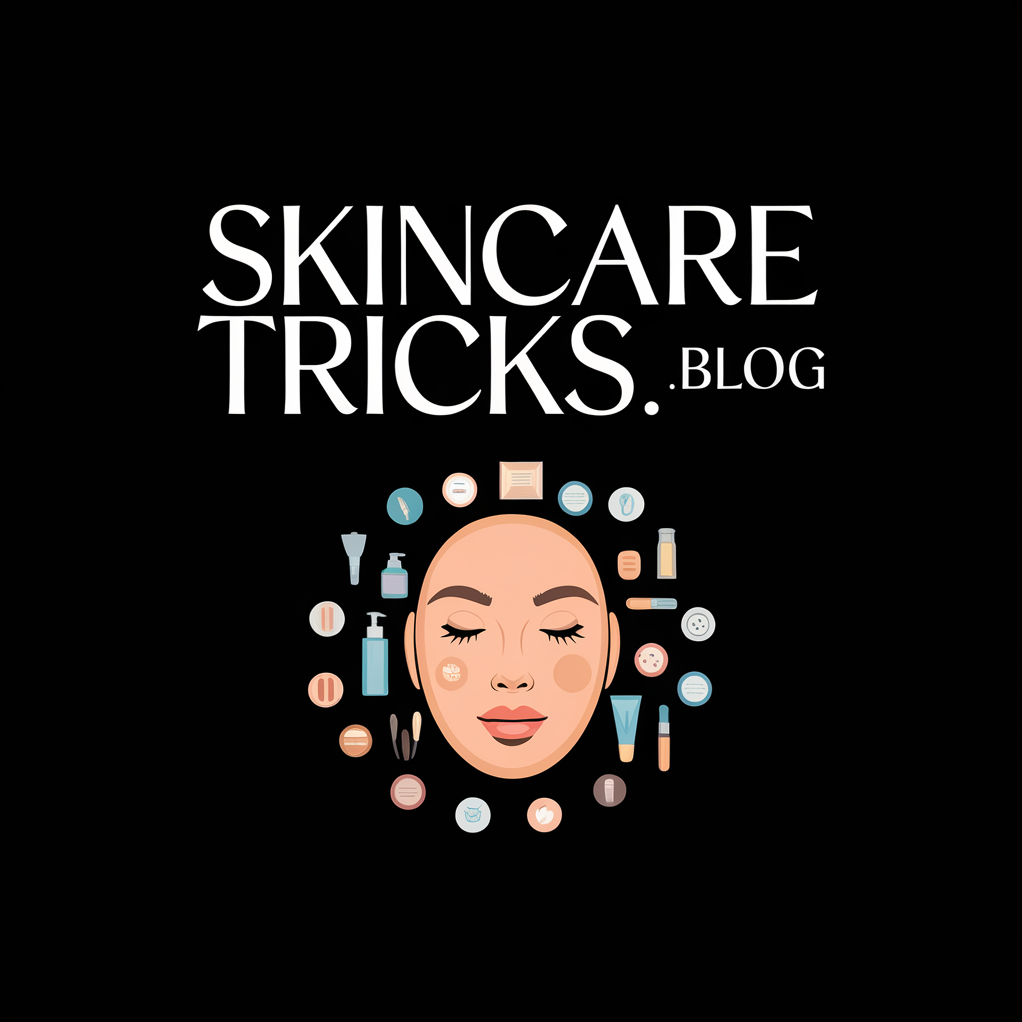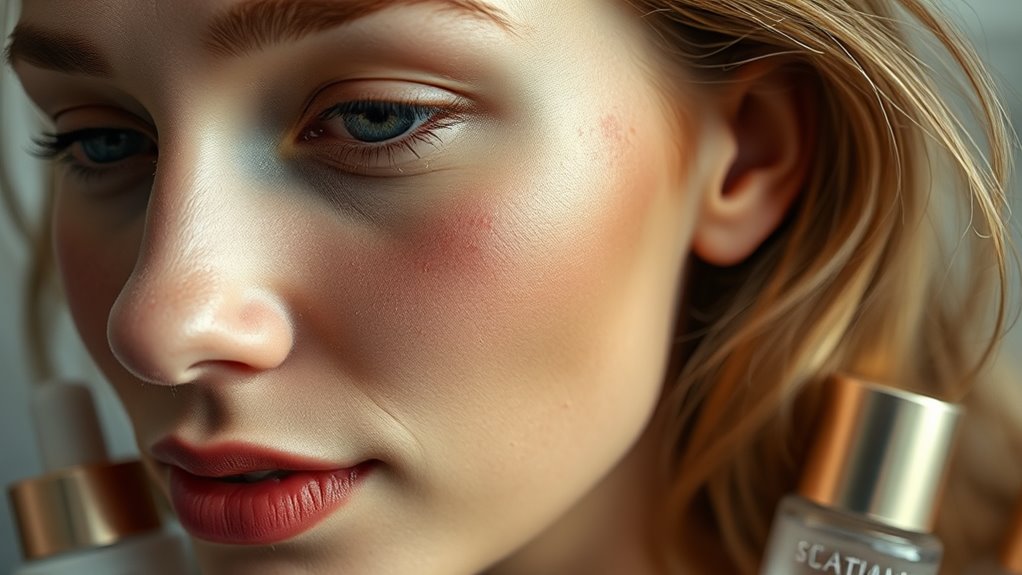Why Exfoliating More Might Be Damaging Your Skin
You might think that more exfoliation leads to better skin, but it could actually harm your complexion. Over-exfoliating can disrupt your skin’s natural barrier, resulting in irritation, redness, and dryness. This delicate balance is essential for maintaining a healthy appearance. So, how can you find the right exfoliation frequency for your skin type? Understanding the signs of over-exfoliation can help you maintain that balance.
The Science Behind Exfoliation
Exfoliation is a crucial process in skincare that enhances the skin’s overall health and appearance. By removing dead skin cells and promoting cell turnover, you help reveal a brighter complexion.
However, over-exfoliation can disrupt the skin’s natural barrier, leading to irritation and sensitivity. Balancing exfoliation frequency is essential to maintain healthy skin without compromising its protective functions. Additionally, over-exfoliation can cause redness and irritation, which may signal the need for a temporary break from your exfoliating routine.
Signs of Over-Exfoliation
Recognizing the signs of over-exfoliation is vital for maintaining skin health and preventing damage.
Look out for symptoms like persistent redness, increased sensitivity, dryness, or flakiness. If your skin feels tight or develops breakouts more frequently, these may indicate that you’re exfoliating too often. Additionally, increased skin sensitivity and redness can occur, reinforcing the need for a careful approach to exfoliation.
Effects of Damaged Skin Barrier
When your skin barrier is compromised, you may experience a range of adverse effects that can significantly impact your overall skin health. This includes increased sensitivity, redness, and dryness, making your skin more prone to irritation and infections. You’ll also notice heightened transepidermal water loss, leading to dehydration, and excessive oil production as your skin attempts to compensate for its impaired barrier function. Regular frequency adjustments may be necessary for maintaining skin’s healthy appearance.
Determining Your Ideal Exfoliation Frequency
How often should you exfoliate your skin to achieve the best results without causing damage?
Generally, exfoliating once or twice a week is ideal for most skin types. However, if you have sensitive or acne-prone skin, you might need to limit exfoliation even further. Monitor your skin’s response, and adjust your routine accordingly to maintain optimal health without compromising your skin barrier. Remember that over-exfoliation can lead to increased redness and sensitivity, compromising your skin’s overall health.
Choosing the Right Exfoliation Method
For sensitive skin, consider gentler chemical exfoliants like lactic acid. For oily skin, beta hydroxy acids can reduce breakouts effectively. Always patch-test new products and avoid using multiple exfoliation methods simultaneously to prevent irritation and maintain skin barrier health. Additionally, it’s important to note that over-exfoliation can cause more harm than good, leading to issues like irritation and premature aging.
Alternatives to Over-Exfoliation
What can you do instead of over-exfoliating? Focus on gentle cleansing and hydrating products that support your skin barrier. Incorporate natural exfoliants like fruit enzymes found in masks or consider chemical exfoliants with lower concentrations. Also, prioritize regular moisturization and sun protection to maintain skin health, ensuring you balance exfoliation with nurturing your skin environment rather than disrupting it. Additionally, remember that the risks of over-exfoliation can lead to adverse effects like dryness and irritation if not managed properly.

